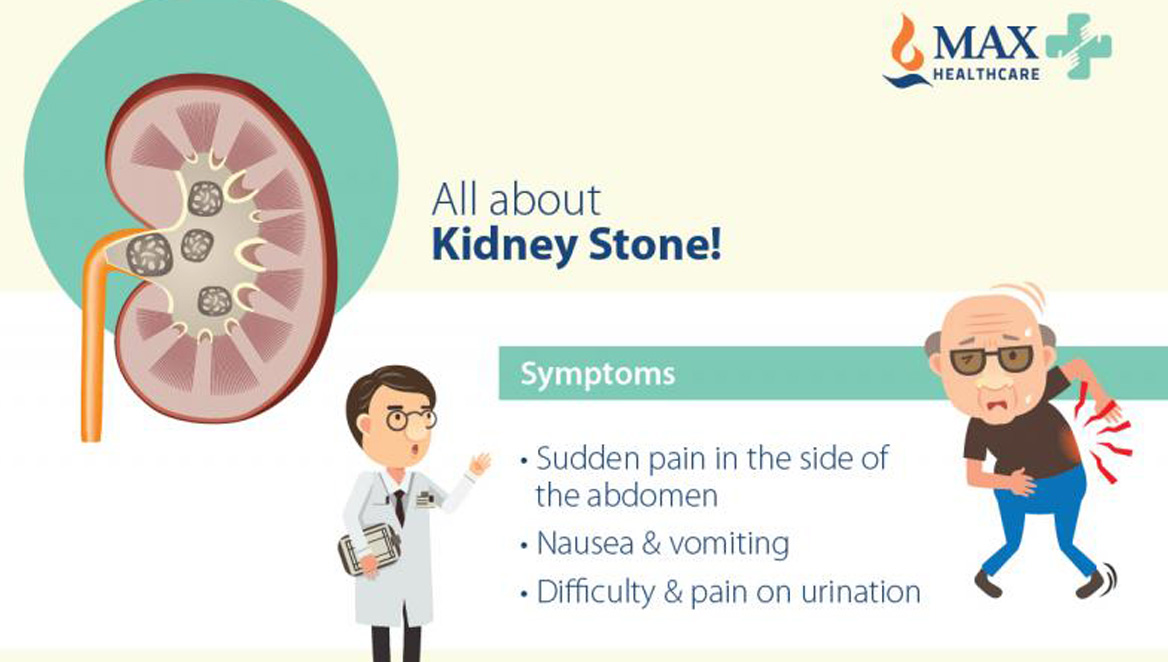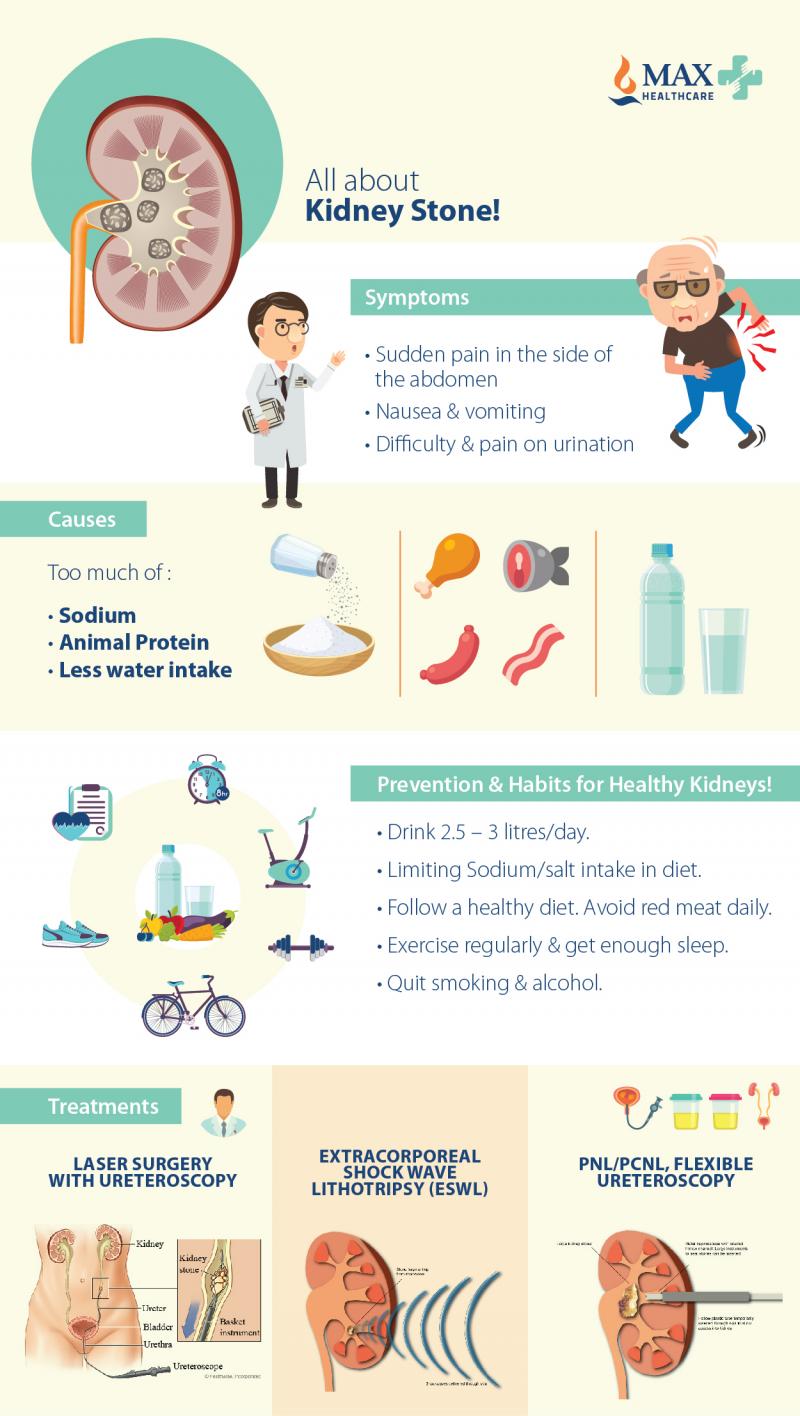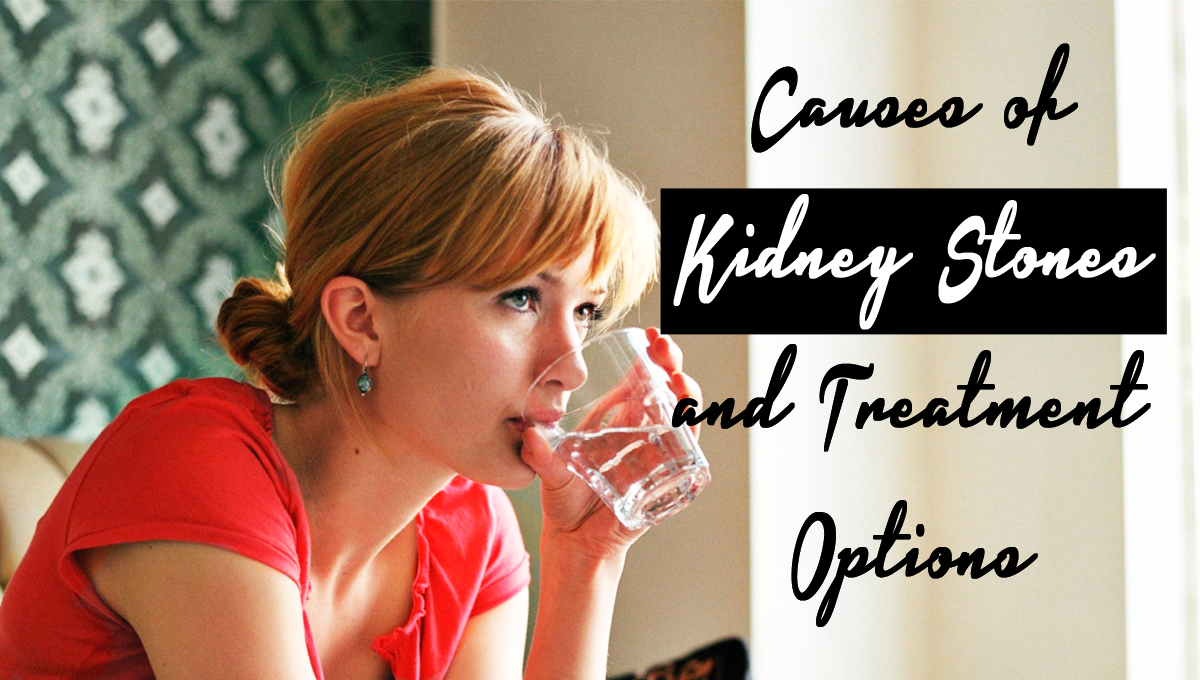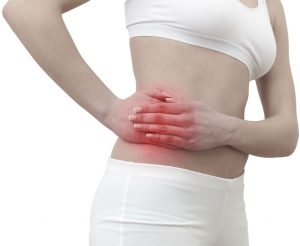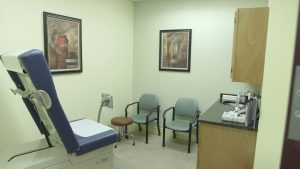Kidney stones are hard mineral or salt deposits formed in the kidney when urine is concentrated. Originating as microscopic crystals or particles that develop over time into pebble-sized calculi or larger deposits as minerals crystallize and fuse together, kidney stones can affect any section of the urinary tract (the kidney, bladder, ureters and urethra). The kidneys filter and remove wastes from blood, add them in urine and concentrate the urine as it flows from the cortex into the renal pelvis. However, if the minerals and other wastes fail to dissolve completely in urine, microscopic particles may develop which may grow into larger stones.
Why Stones Form
Formation of urine crystals is a common occurrence even in those who never form stones. The natural existence of substances promoting crystal development in all urine means that everyone can have urine crystals. Substances that promote crystal development in urine include oxalate,calcium, phosphorus, uric acid, sodium and cystine (for those with cystinuria). Nevertheless, urine also has natural inhibitors of crystal formation such as magnesium, citrate, phytate, pyrophosphate, proteins, total urine volume and other byproducts of normal metabolism. These inhibitors promote elimination of crystals before they can attach to the kidney and develop into larger stones.
How are kidney stones formed?
Kidney stones typically form from soluble salts found in urine. For example, the soluble salt calcium oxalate is commonly found in urine in a dissolved or crystalline form. Soluble salts are usually formed when various chemical elements found in urine combine. When the urine concentration of these soluble salts is very high, solid crystals may be formed. While there is usually a high concentration of salts in urine, the presence of inhibitors makes it more difficult for crystals to develop.Therefore, urine must become supersaturated for the balance between stone-promoters and inhibitors to be broken and allow larger stones to form. Supersaturation of urine may be caused by low urine volume, very low quantities of inhibitors or very high concentration of stone-promoters.
Processes of stone formation
Kidney stone formation begins by the process of nucleation, an association of free ions into microscopic particles. Nucleation can occur in the kidney nephron and on the surfaces of the extracellular matrix and cells. Once tiny crystals are formed, they can undergo secondary nucleation or aggregation, the processes through which the crystals formed in solution form into bigger multi-component particles. Larger crystals then can grow into giant single crystals which can be retained in the kidney by further aggregation and attachment to specific intra-renal structures.
Passing kidney stones
Once kidney stones are formed, they move down the urinary tract from the kidneys through the ureter and to the bladder. Small stones can pass out on their own without causing problems. However, larger stones can become lodged in the ureter and cause severe, agonizing pain that starts in the lower back and spreads out to the groin. When a stone is lodged in the ureter, it can block urine flow, causing increased pressure build-up in the affected ureter or kidney and resulting in severe pain and spasms. Larger kidney stones (called starghorn stones) also may be problematic to the entire urinary tract, resulting in symptoms such as:
- Severe pain in the back, in the side or below the ribs.
- Excruciating pain radiating to the groin and lower abdomen.
- Red, pink or brown urine.
- Pain when urinating.
- Pain that fluctuates in intensity or comes in waves.
- Frequent urination, urinating small amounts or persistent urge to pass urine.
- Nausea and vomiting.
- Foul-smelling or cloudy urine.
- Chills and fever if an infection is present.
While kidney stones can cause severe pain and discomfort, they usually do not cause permanent damage when recognized early and treated promptly. In fact, depending on the situation, passing the stones may require nothing more than just taking pain medication and drinking plenty of water. In situations where the stones are lodged, obstructive or linked with urinary infections or complications, other removal mechanisms may be necessary, including surgery. The urologist also may recommend effective preventive measures to minimize the risk of recurrent stones.
At St Pete Urology, we have made a difference in many lives by helping patients get relief from the pain and discomfort caused by kidney stones. We have assembled a skilled and experienced team of urologists committed to the best practices in health care and delivering world-class urological care to all. We also have put together the latest diagnostic and treatment tools to ensure that our patients receive the very best care. With our patient-centered, collaborative approach to management of kidney stones and other urological problems, you can be sure that you will not leave our doors without getting the relief you seek.
For more information on prevention, diagnosis and treatment of kidney stones, visit the “St Pete Urology” site.


